T. Engin Tuncer, Benjamin Friedlander0123745241, 978-0-12-374524-8
Table of contents :
Cover Page
……Page 1
Copyright……Page 2
Preface……Page 3
List of Contributors……Page 5
Introduction……Page 14
Problem Formulation……Page 15
Beamforming……Page 17
Monopulse……Page 19
Phase Matching……Page 21
Direction-Finding Accuracy……Page 22
The Cramer-Rao Bound……Page 23
Simulation……Page 24
Multipath and Co-Channel Interference……Page 26
Direction Finding for Multiple Co-Channel Emitters……Page 29
Maximum Likelihood Direction Estimation……Page 31
Other Direction-Finding Methods……Page 33
Accuracy……Page 36
Resolution……Page 37
Discussion……Page 39
The Array Manifold and Its Derivatives……Page 45
The Cramer-Rao Bound……Page 48
The Cramer-Rao Bound for Multiple Signals……Page 51
Sensitivity Analysis……Page 52
Calculation of E{|e|2} for a Linear Combiner……Page 53
Estimation Error Variance for Beamforming……Page 55
Estimation Error Variance for Phase Matching……Page 56
Estimation Error Variance for Monopulse……Page 59
Quadratic Interpolation for the MLE……Page 60
Generalized Likelihood Ratio Detector……Page 61
References……Page 62
Application of Direction-Finding Systems……Page 65
Typical System Design—Overview……Page 69
Sensitivity……Page 71
Large-Signal Immunity……Page 72
Short Minimum Signal Duration……Page 75
Antenna Array Design……Page 76
Design Example……Page 78
Number of Antenna Elements and Processing Channels……Page 79
Multichannel Receivers……Page 82
General……Page 84
Interception of Frequency-Hopping Signals……Page 87
Conventional versus High-Resolution Direction Finding……Page 89
Practical Limitations of High-Resolution Methods……Page 90
Error Sources……Page 92
Polarization Errors……Page 93
External Noise and Interference……Page 95
Outdoor Tests……Page 97
Indoor Tests……Page 102
References……Page 103
Introduction……Page 105
Ideal Data Model……Page 107
Real Antenna Array Modeling……Page 109
Classical Beamforming……Page 112
Subspace Methods: The MUSIC Algorithm……Page 113
Auto-Calibration Techniques……Page 114
Identifiability……Page 115
Algorithms……Page 116
Calibration Using Sources at Known Positions……Page 118
Parametric Methods……Page 119
Interpolation of Calibration Data……Page 120
Fourier-Based Array Interpolation……Page 121
Interpolation Based on Local Polynomial Approximation……Page 122
Simulation Setup……Page 124
DOA-Independent Modeling Errors……Page 125
DOA-Dependent Modeling Errors……Page 128
Conclusion……Page 131
References……Page 133
Introduction……Page 137
Uniform Linear Arrays……Page 139
Nonuniform Linear Arrays……Page 140
Narrowband Signal Model……Page 143
Array Mapping for Narrowband Signals……Page 144
Initial DOA Estimation for Coherent Sources……Page 149
Performance Comparisons……Page 156
Wideband Direction-of-Arrival Estimation……Page 159
Signal Correlation and Coherence……Page 161
Noncoherent Wideband DOA Estimation……Page 162
Coherent Wideband DOA Estimation……Page 163
Coherent Wideband Processing for Multipath Signals……Page 164
Performance Comparisons……Page 165
Conclusion……Page 170
References……Page 171
Introduction……Page 173
Background……Page 175
Root-MUSIC……Page 177
ESPRIT……Page 178
UCA Root-MUSIC……Page 180
Root-RARE……Page 181
Generalized ESPRIT……Page 183
Interpolated Root-MUSIC……Page 184
Manifold Separation……Page 185
Fourier Domain Root-MUSIC……Page 186
Fourier Domain–Weighted Least-Squares Root-MUSIC……Page 188
Simulation Results……Page 189
Conclusion……Page 193
References……Page 194
Introduction……Page 196
Time-Frequency Distribution……Page 198
Definitions……Page 201
Utilization of Multiple Time-Frequency Points……Page 203
SNR Enhancement and Source Discrimination……Page 204
Subspace Analysis for FM Signals……Page 205
Time-Frequency MUSIC……Page 207
Time-Frequency Maximum Likelihood……Page 210
Polarimetric Time-Frequency DOA Estimation……Page 212
Spatial Polarimetric Time-Frequency Distribution……Page 214
Polarimetric Time-Frequency ESPRIT……Page 216
The Spatial Ambiguity Function and Applications to DOA Estimation……Page 218
Ambiguity-Domain MUSIC……Page 219
Time-Frequency Points……Page 221
Selection of Time-Frequency Points……Page 222
References……Page 226
Introduction……Page 229
DOA Estimation in the Threshold Region……Page 231
Expected Likelihood Formulations……Page 234
Subspace Projection Formulation of the Undersampled LR……Page 239
A Matrix Extension Formulation of the Undersampled LR……Page 243
Use of Expected Likelihood in the MUSIC Threshold Region……Page 246
Monte Carlo Simulation Results……Page 248
Fundamentals of Large-Sample Covariance Matrices……Page 257
Using Large Random Matrix Theory to Describe MUSIC Behavior……Page 267
A Simplified Scenario: The Spiked Population Model……Page 271
Simulation Analysis of MUSIC Breakdown……Page 275
Source Resolution and MUSIC Performance Breakdown……Page 283
Subspace Swap and MLE Performance Breakdown……Page 287
Conclusion……Page 291
References……Page 293
Introduction……Page 298
Observation Model……Page 301
Data Statistics……Page 303
Hypotheses……Page 308
Construction of 2q-MUSIC……Page 309
Implementations……Page 310
2q-MUSIC Identifiability……Page 312
Higher-Order Virtual Array……Page 313
Properties of Higher-Order Virtual Array……Page 314
Identifiability of the 2q-MUSIC Method……Page 315
Finite-Sample Effect and Modeling Errors……Page 320
Model and Problem Formulation……Page 321
Solution for q = 1……Page 322
Solution for q > 1……Page 324
Illustrations……Page 325
Computer Simulations……Page 327
Performance Criteria……Page 328
Overdetermined Mixtures of Sources……Page 329
Underdetermined Mixtures of Sources……Page 332
Hypotheses and Notations……Page 333
The PD-2q-MUSIC Algorithms……Page 334
Identifiability……Page 338
Computer Simulations……Page 341
Conclusion……Page 347
References……Page 348
Introduction……Page 351
Trilateration/Multilateration……Page 354
TDOA Source Localization Methods……Page 356
Maximum Likelihood Source Localization……Page 364
Energy-Based Source Localization……Page 369
Node Localization Methods Applied to Sensor Networks……Page 371
Noise-Free Node Localization……Page 373
Maximum Likelihood Formulation……Page 374
Minimization on the Sum of Absolute Errors……Page 375
Classical Multidimensional Scaling……Page 376
Distributed Node Localization Based on the Nonlinear Gauss-Seidel Algorithm……Page 377
Source Localization Applications Using Sensor Networks……Page 384
References……Page 389
Background……Page 392
Localization for Stationary Geometry……Page 393
Problem Formulation……Page 394
Uniqueness Conditions……Page 397
DPD for Unknown Transmitted Waveforms……Page 401
DPD for Known Transmitted Waveforms……Page 408
Localization for Nonstationary Geometry……Page 413
Problem Formulation……Page 414
Differential Doppler Localization Method……Page 416
DPD Localization Approach……Page 417
Computation Load……Page 419
Numerical Examples……Page 420
Two-Step versus One-Step Localization……Page 422
Problem Formulation……Page 423
Asymptotic Performance……Page 425
Illustrative Example……Page 427
References……Page 429
C……Page 432
L……Page 433
P……Page 434
T……Page 435
W……Page 436
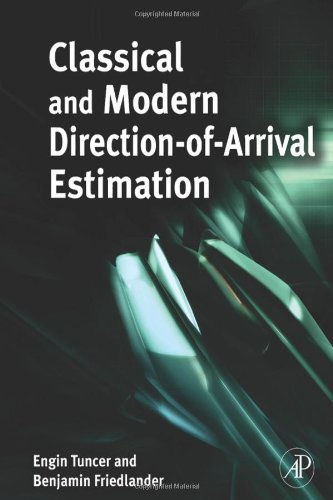
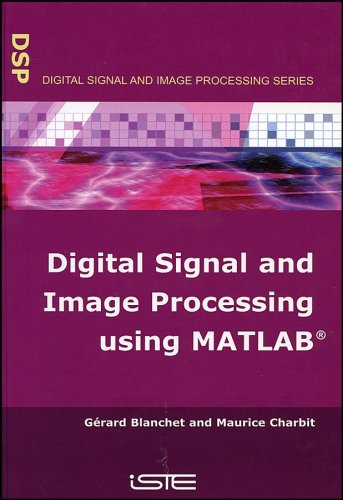
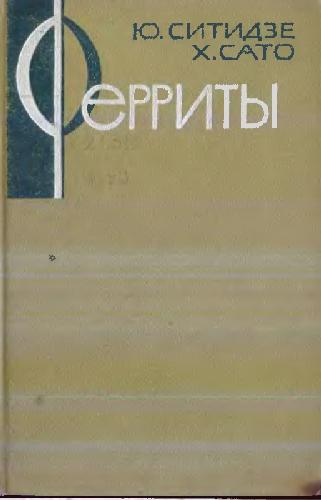
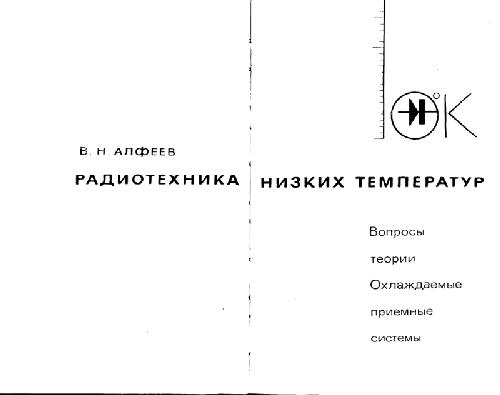

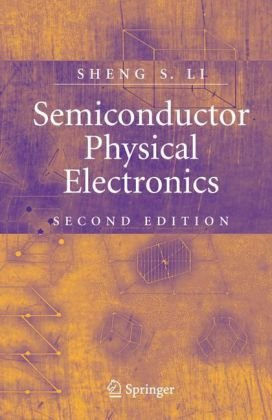

Reviews
There are no reviews yet.